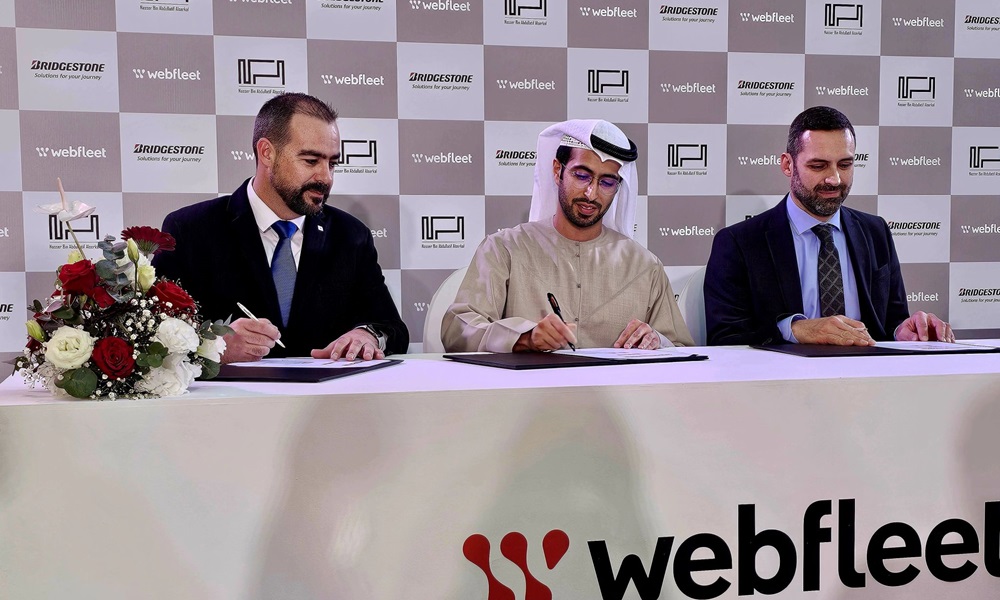I had the benefit of listening to a talk by Hamad Al Jassmi, the Director of Emirates Center for Mobility Research (ECMR), just before we put the upcoming issue of Truck and Fleet Middle East to bed for another month and it really brought home the role fleets can have in making our roads safer and better – all through the use of data.
The exponential increase in vehicular traffic over the last few decades has made road safety a critical concern worldwide. Vehicle data is seen as one of the most promising avenues for enhancing road safety and infrastructure management lies in the utilization of vehicle data. This data, gathered from a variety of sensors and systems integrated into modern vehicles, offers a wealth of information that can be harnessed to protect roads and improve road safety in several key ways.

At a national scale, vehicle data allows gets you real-time traffic monitoring and management, enabling authorities to swiftly identify and respond to traffic congestion, accidents, and other hazards. By analyzing this data, traffic management systems can adjust signal timings, redirect traffic flows, and deploy traffic messages to guide drivers, thereby reducing the likelihood of accidents and improving the overall efficiency of road use.
We’ve just seen the UAE lower the load capacity rules for transporters as part of its strategy to get its roads lasting longer, but road maintenance can be significantly enhanced with the use of vehicle data. Sensors can detect and report issues such as potholes, cracks, and surface wear before they become significant hazards. This predictive approach to maintenance allows for timely repairs, ultimately extending the lifespan of road infrastructure and ensuring safer travel conditions.
Safety is of course another huge concern for road and police authorities and the event of an accident, vehicle data can be invaluable in enhancing emergency response efforts. Modern vehicles can automatically report crashes, providing precise location data and potentially even details about the crash’s severity. This enables faster dispatch of emergency services, potentially saving lives and reducing the impact of accidents.
It seems to me, that the use of data is win for everyone, but I think in a practical sense this is one area that could do with collaboration throughout the whole road-chain. From the road authorities, to fleets and the manufacturers or suppliers, such as Bridgestone with its newly launched Webfleet. I’m hoping that the Truck and Fleet Conference next month will be a chance to dig into metrics and a start to ensure we make the most of the number crunching are vehicles can now do.



